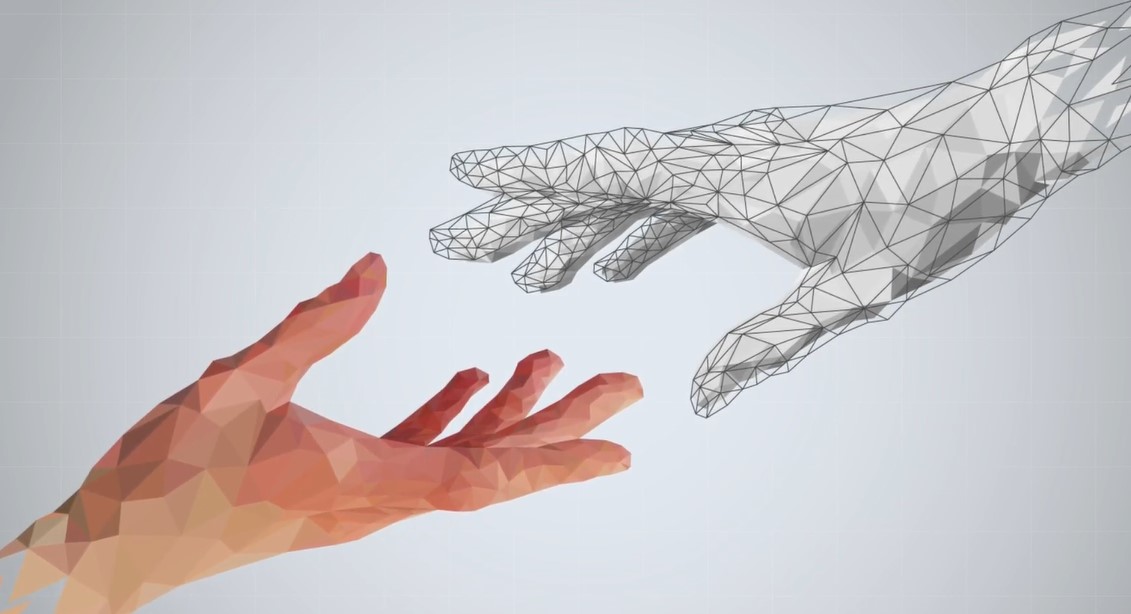Overview of AI evolution over time
The history of artificial intelligence (AI) is a long and varied one, starting with concepts and ideas that have been developed over centuries. Here’s an overview of how AI has evolved over time:
Antiquity and the Middle Ages:
• Thinkers such as Aristotle and medieval philosophers began to explore concepts of reasoning and logic underlying artificial intelligence.
• In the 13th century, the philosopher and mathematician Ramon Llull developed a technique known as “ars combinatoria”, which had influences on the development of logic and computers.
XVII-XX centuries:
• In the 17th century, the philosopher and mathematician Gottfried Wilhelm Leibniz developed a symbol-based calculation system known as the “Caracteristica Universalis”, which can be seen as an early form of automatic computers.
• In the 19th century, mathematicians such as George Boole and Ada Lovelace made significant contributions to the development of the concepts of symbolic logic and programming.
1940s-1950s:
• The term “artificial intelligence” was introduced in 1956 by John McCarthy at the Dartmouth Summer Conference.
• In the 1940s and 1950s, the first computers were developed and concepts for programming and simulating human thought began to be developed.
1950s-1960s:
• The beginnings of the concept of AI appeared in the 1950s, when researchers began to explore the possibility of creating machines that could simulate human intelligence.
• The term “artificial intelligence” was popularized in 1956 at the Dartmouth Summer Conference, where researchers gathered to discuss and develop ideas in this field.
1960s-1970s:
• During this period, the focus was on the development of programming languages and algorithms that would allow computers to simulate human reasoning.
• Developed the first chess and checkmate game programs, such as IBM’s chess programs.
1980s-1990s:
• It was a time of excitement and significant development in the field of neural networks and machine learning.
• Expertise systems have been developed to simulate human knowledge and skills in specific domains.
1990-2000 years:
• During this interval, the focus shifted to natural language processing and the development of algorithms capable of understanding and generating human language.
• The early 2000s brought the rise in popularity of machine learning and deep learning algorithms.
Years 2010-present:
• Advances in technology have led to an exponential increase in efficiency and computing power, making it possible to effectively apply deep neural networks.
• Significant achievements have been made in voice recognition, natural language processing, computer vision and other fields.
Today, artificial intelligence is ubiquitous in many aspects of our lives, from virtual assistants and self-driving cars to medicine, finance and more. Continued progress in AI research promises to bring significant innovation and change in the future.
(Article generated and adapted by CorpQuants with ChatGPT)
CorpQuants promotes the knowledge and adaptation of various AI techniques and applications in accordance with the strictest ethical values, and the experience gained by CQ specialists offers quality solutions adapted to the specific needs of each activity for which specific AI implementations are desired.



